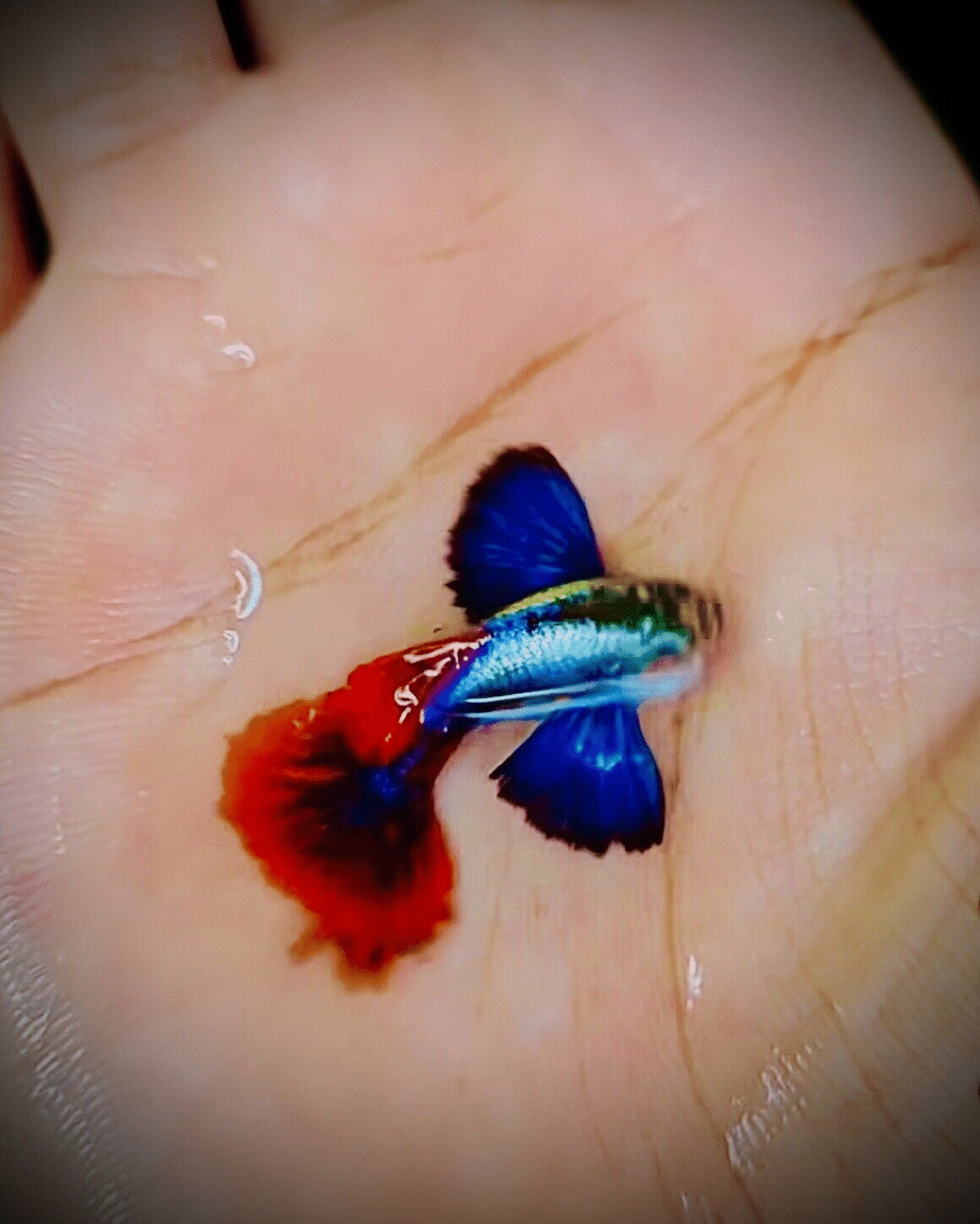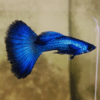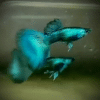To provide the best experiences, we use technologies like cookies to store and/or access device information. Consenting to these technologies will allow us to process data such as browsing behaviour or unique IDs on this site. Not consenting or withdrawing consent, may adversely affect certain features and functions.
The technical storage or access is strictly necessary for the legitimate purpose of enabling the use of a specific service explicitly requested by the subscriber or user, or for the sole purpose of carrying out the transmission of a communication over an electronic communications network.
The technical storage or access is necessary for the legitimate purpose of storing preferences that are not requested by the subscriber or user.
The technical storage or access that is used exclusively for statistical purposes.
The technical storage or access that is used exclusively for anonymous statistical purposes. Without a subpoena, voluntary compliance on the part of your Internet Service Provider, or additional records from a third party, information stored or retrieved for this purpose alone cannot usually be used to identify you.
The technical storage or access is required to create user profiles to send advertising, or to track the user on a website or across several websites for similar marketing purposes.

















Emily Carter (verified owner) –
I recently purchased the Premier Guppy Dumbo Ear Mix Assorted Male, and I couldn’t be more thrilled! These little guys have added such vibrant colors to my tank, bringing my aquarium to life. After just two weeks, I’ve noticed their unique ear fins really stand out, making them a focal point in my setup.
As a caring fish parent, I appreciate how healthy and active these guppies are. They settled in quickly, and to my delight, they are quite sociable, swimming happily with my other community fish. I’ve had experience with other guppy brands in the past, but the quality of these is truly exceptional. They seem more robust, and their colors are so vivid compared to others I’ve owned.
If you’re new to the hobby or just looking to enhance your aquarium fish collection, I highly recommend these Dumbo Ear Guppies. They are perfect for beginners and seasoned aquarists alike. Just a heads-up, ensure your tank is properly cycled to keep them healthy and happy. I will definitely be purchasing more in the future!
Emily Parker (verified owner) –
I recently added the Premier Guppy Dumbo Ear Mix Assorted Males to my aquarium, and I couldn’t be more thrilled with my decision! After just two weeks, I’ve seen these vibrant little guys settle in beautifully, showcasing their stunning colors and unique fin shapes. Watching them swim around is a joy—these peaceful companions are excellent for community tanks and have been so easy to care for.
I’ve had guppies before, but these Dumbo Ear Guppies truly stand out. They seem much more active and social than other varieties I’ve kept in the past. I’ve done a bit of research on aquarium maintenance, and I can say that these fish thrive in well-maintained tanks with a good filtration system.
One minor concern I had was their initial shyness, but after a few days, they became more confident and playful, which is delightful to see. If you’re a beginner looking to add a splash of color to your aquarium, I wholeheartedly recommend these guppies. They’ve brought so much life to my tank and are a perfect choice for anyone wanting to enhance their aquatic experience!